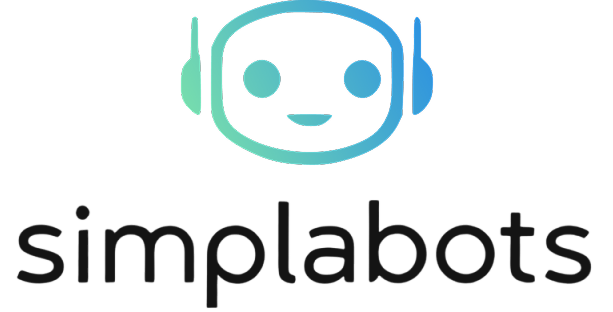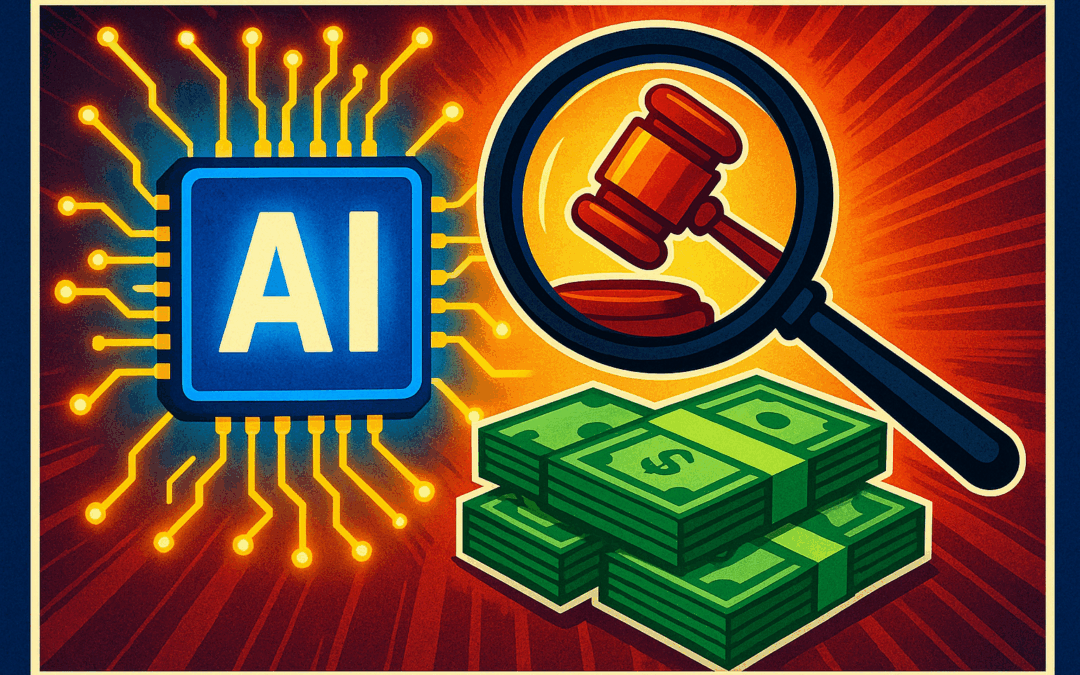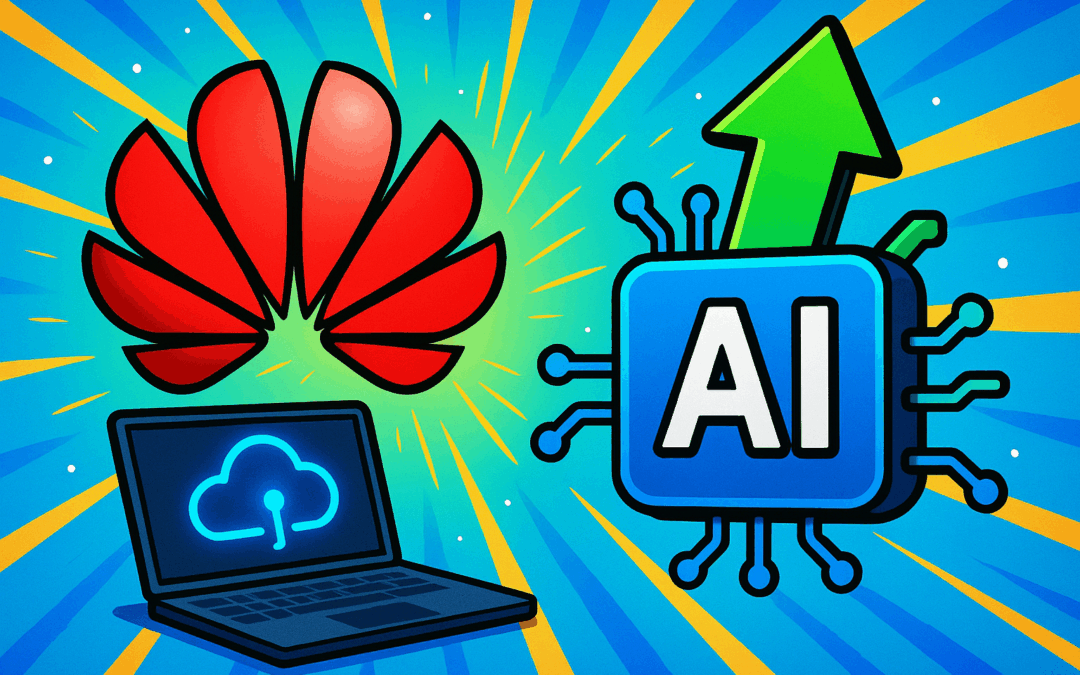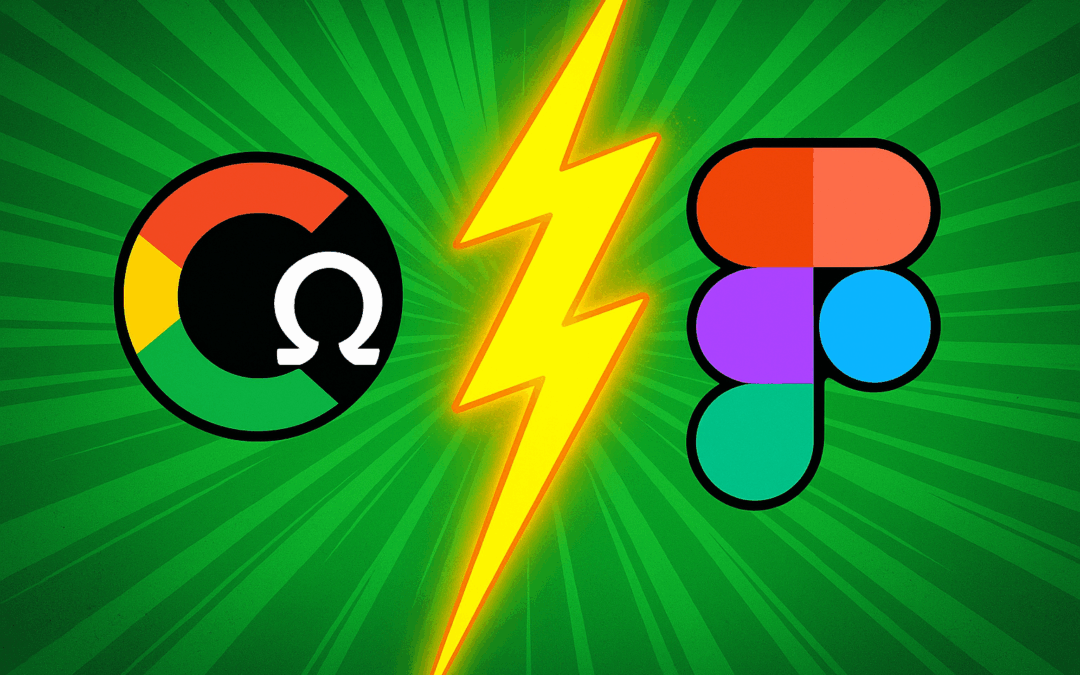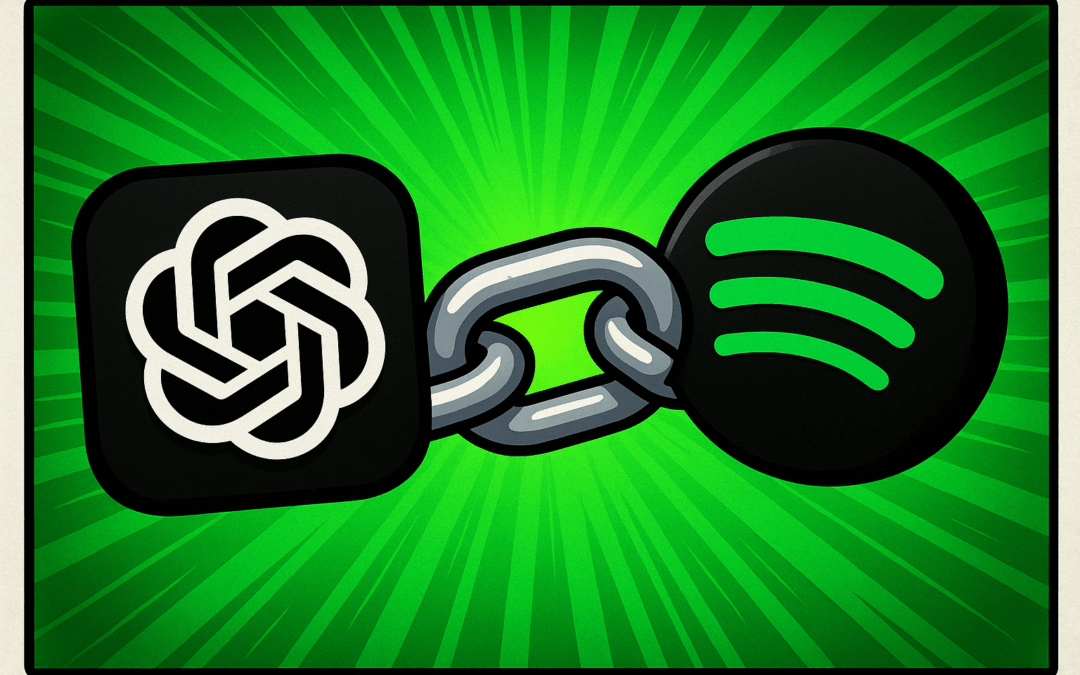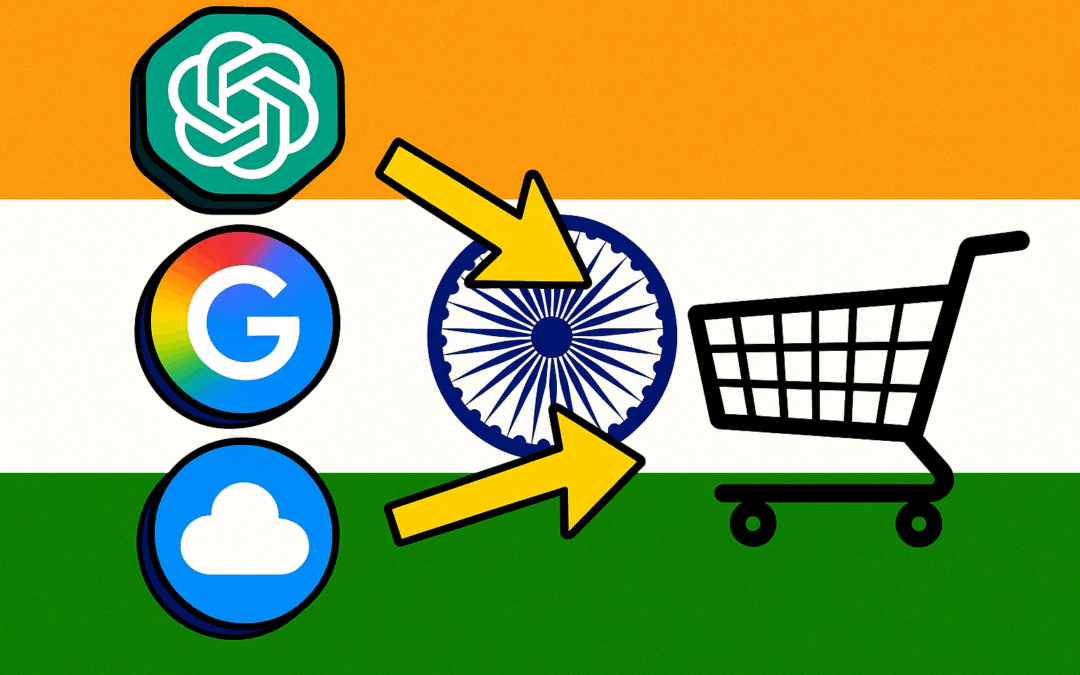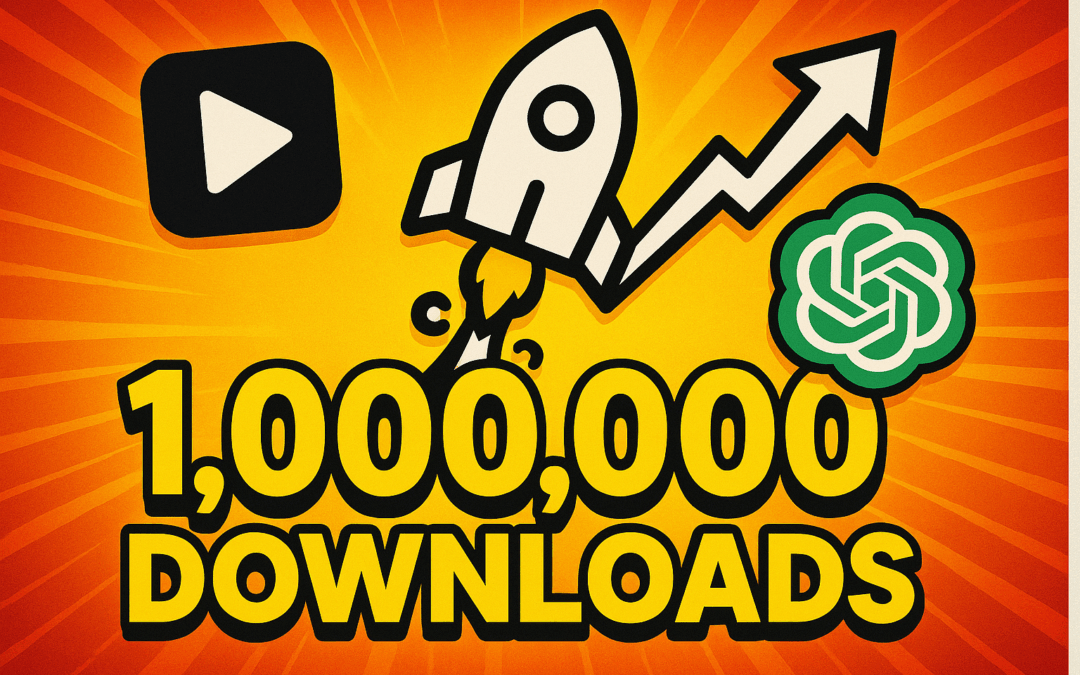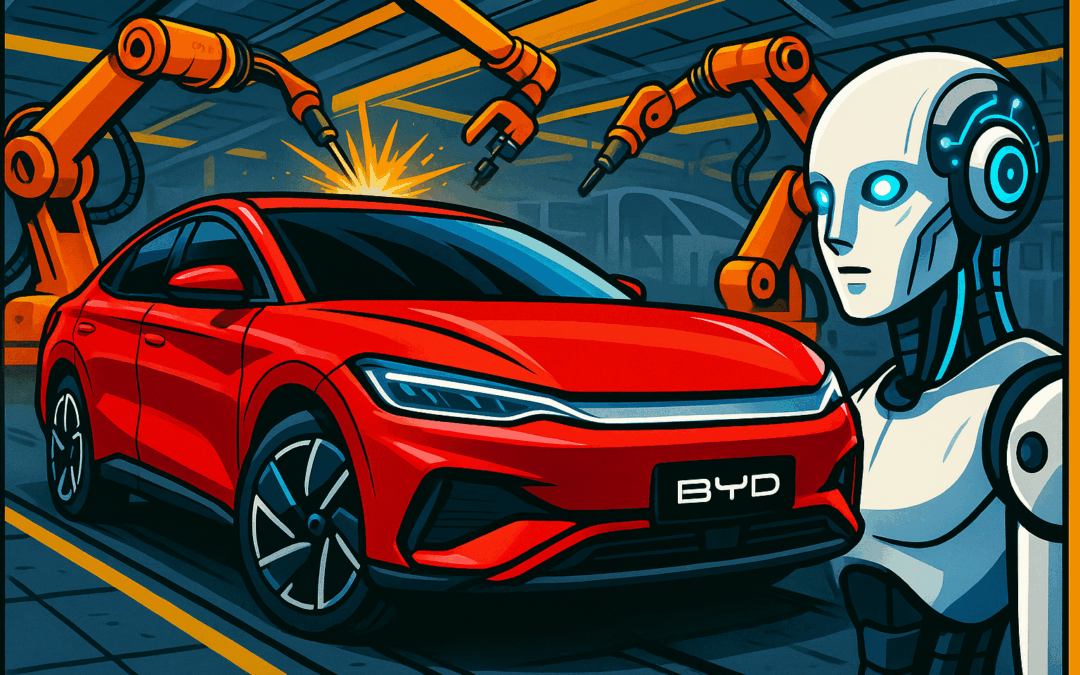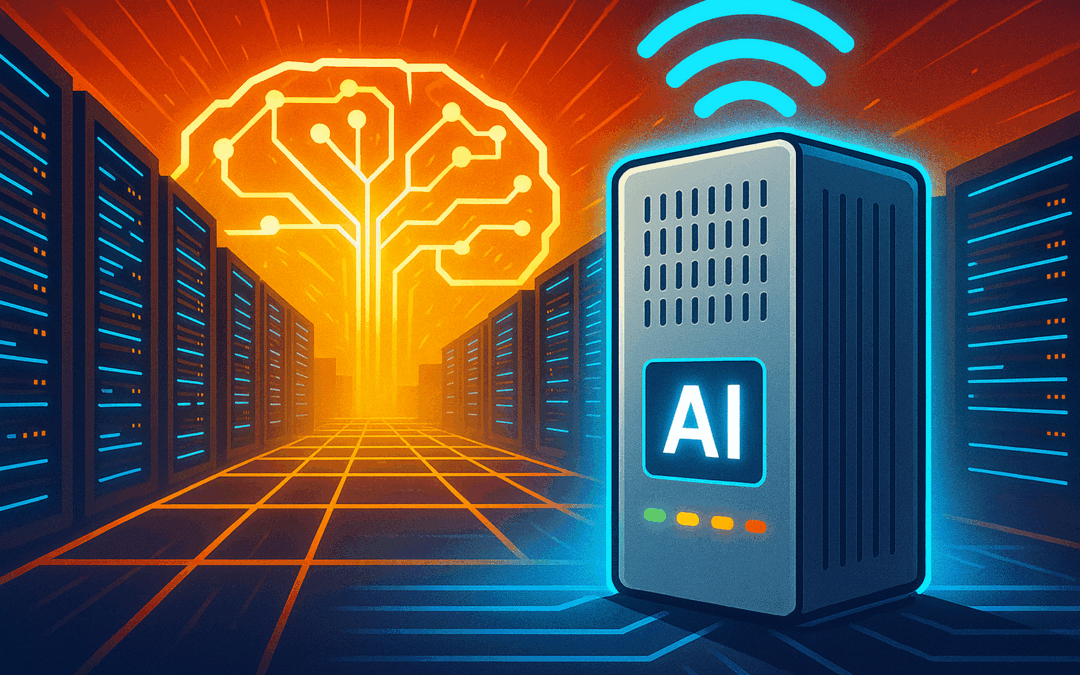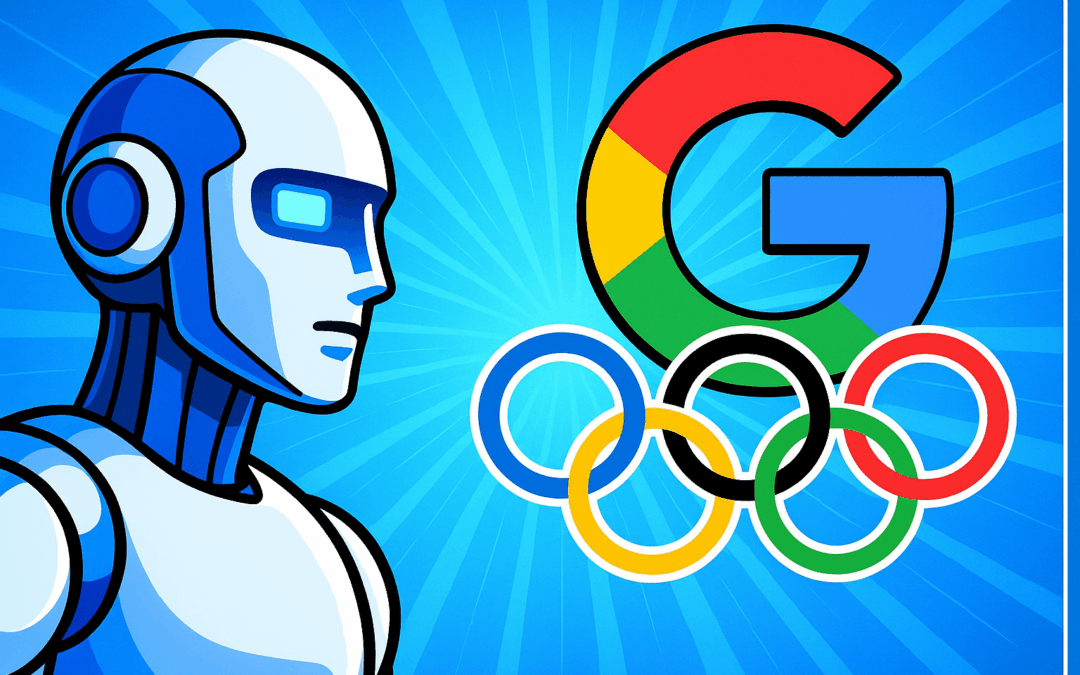OpenAI has announced a direct integration between ChatGPT and Spotify accounts, marking another leap forward in generative AI’s practical, personalized use cases.
This move gives users hands-free access to music discovery, playlist curation, and playback control—all through natural conversation with ChatGPT.
Industry watchers see this as a significant intersection of large language models (LLMs) and everyday digital experiences, setting new standards for AI-powered media personalization.
Key Takeaways
- Users can now link Spotify accounts to ChatGPT for voice-controlled music access and personalized recommendations.
- The integration leverages OpenAI’s conversational abilities to deliver highly curated, context-aware playlists and music search.
- Spotify and OpenAI’s partnership marks a growing trend of embedding generative AI into mainstream consumer apps.
- Developers and startups gain a reference point for designing seamless, multimodal AI integrations in mobile and content platforms.
Spotify Meets ChatGPT: How the Integration Works
Through the new feature, any Spotify user with ChatGPT Plus or Team access can connect their account directly in the ChatGPT app.
Once linked, users can ask ChatGPT to queue up playlists, play specific songs, or recommend music in real time—all via simple chat prompts or voice requests.
With conversational AI, Spotify’s user experience shifts from search-driven to intuitively guided by context and mood, bridging the gap between onboarding and personalization.
OpenAI’s documentation outlines the steps for connecting your Spotify account, emphasizing privacy-preserving authentication and minimal permissions.
Related coverage from The Verge and Engadget highlights the potential for seamless, voice-first music experiences—no manual search, no switching apps.
Implications for Developers and Startups
The Spotify x ChatGPT launch serves as an instructive case for AI product teams. GenAI integration isn’t just about embedding chatbots; it’s about crafting deeply contextual workflows for users. Developers preparing for similar integrations should focus on:
- Designing permission-aware, one-click authentication flows to connect external services securely.
- Leveraging LLMs’ strengths in semantic search, mood inference, and sequence prediction to add true value beyond basic command execution.
- Optimizing for cross-modal experiences—combining voice, text, and interface shortcuts within a single platform.
Startups working with LLM APIs or building AI copilots should see this as a template for premium, sticky user interactions in content streaming, productivity, and beyond.
The AI-Powered Future of Media Apps
This integration signals a growing industry trend of embedding state-of-the-art generative AI into mainstream consumer platforms for hyper-personalized experiences.
As Apple, Amazon, and Google explore similar use cases, the bar for media personalization, proactive recommendations, and conversational UI will only rise.
For AI professionals and LLM researchers, this partnership demonstrates real-world progress in context-aware recommendation engines and multimodal interaction design.
Expect further advancements as other services—from video streaming to news apps—join the AI-powered personalization wave.
Spotify’s partnership with ChatGPT exemplifies the convergence of robust data platforms with LLM-driven, real-time relevancy and engagement.
Source: TechCrunch
